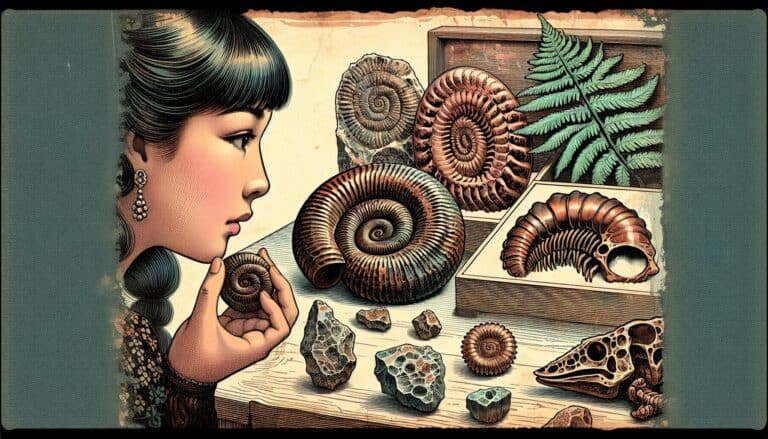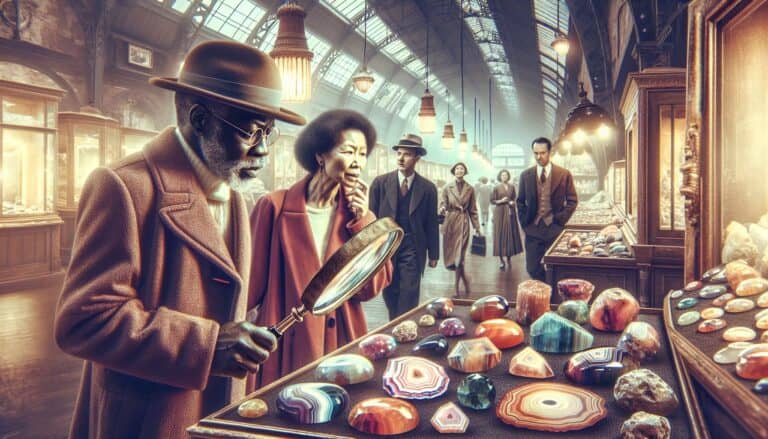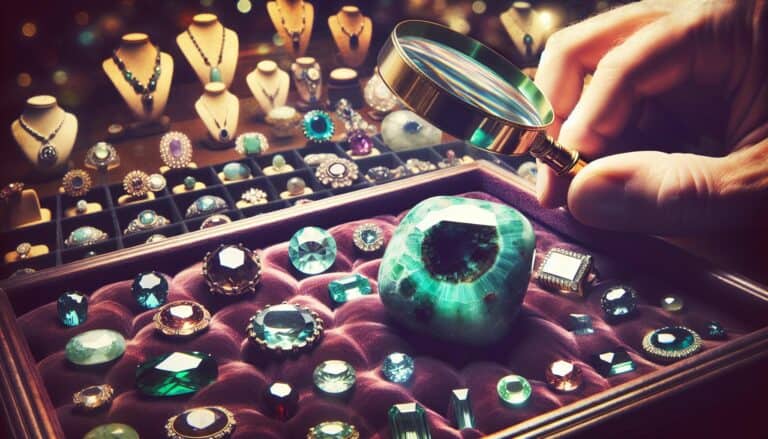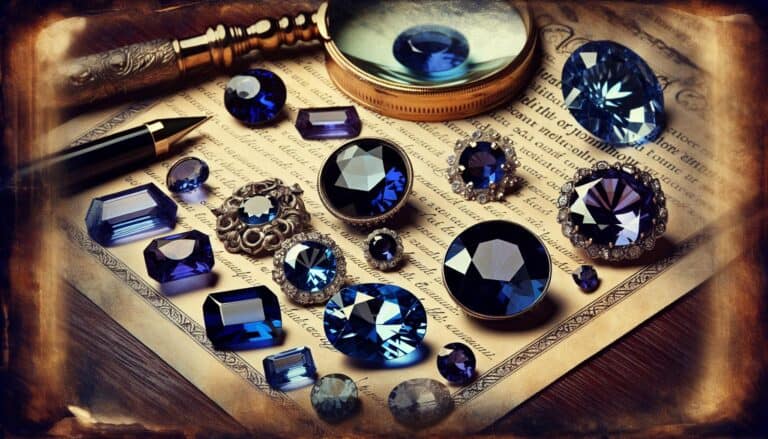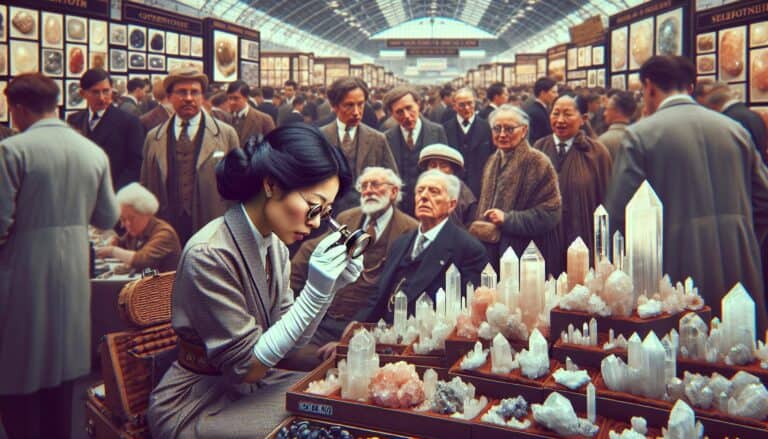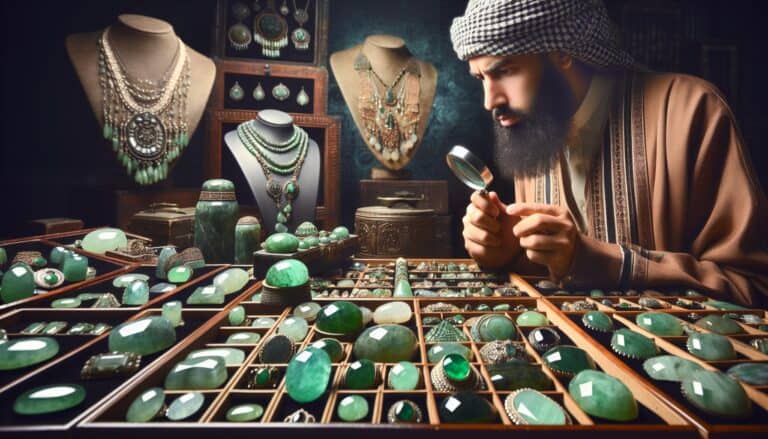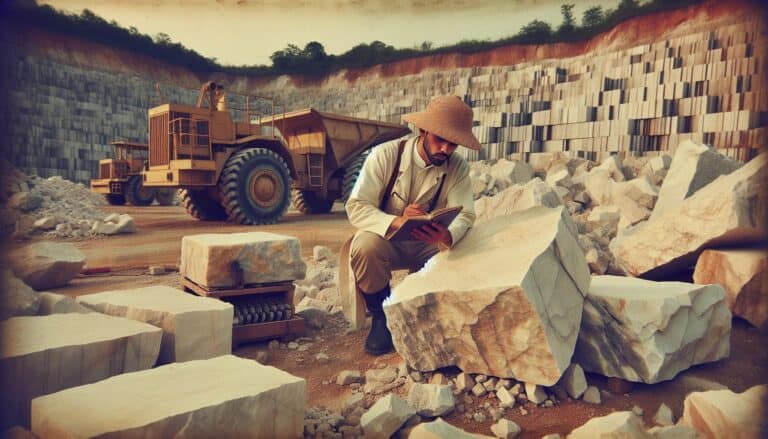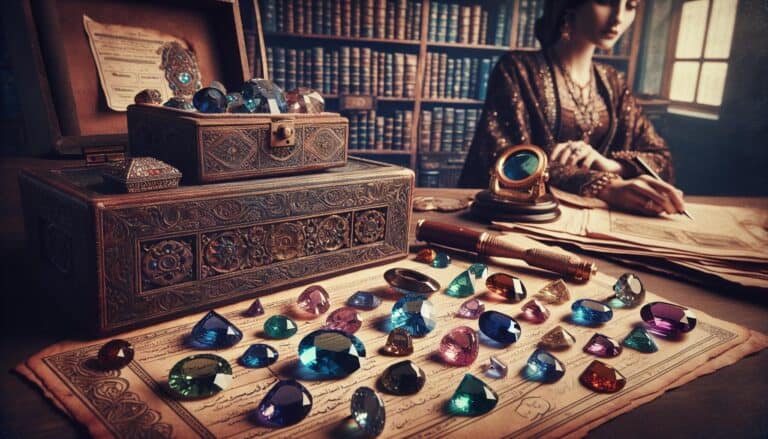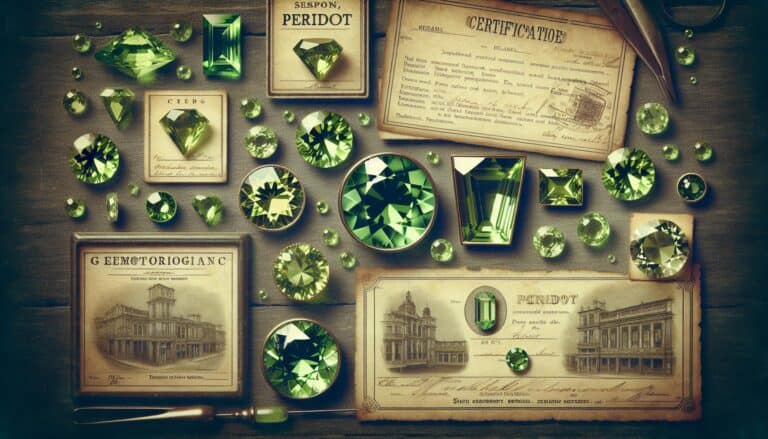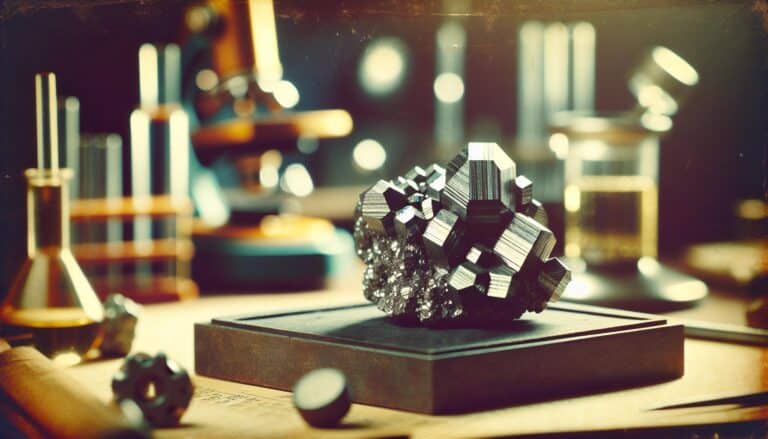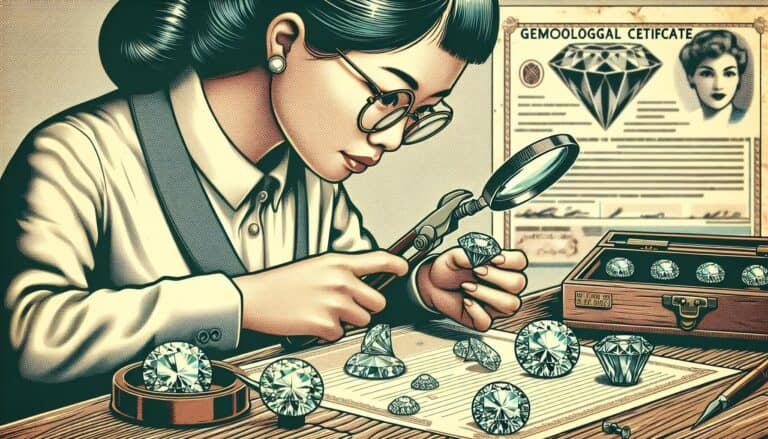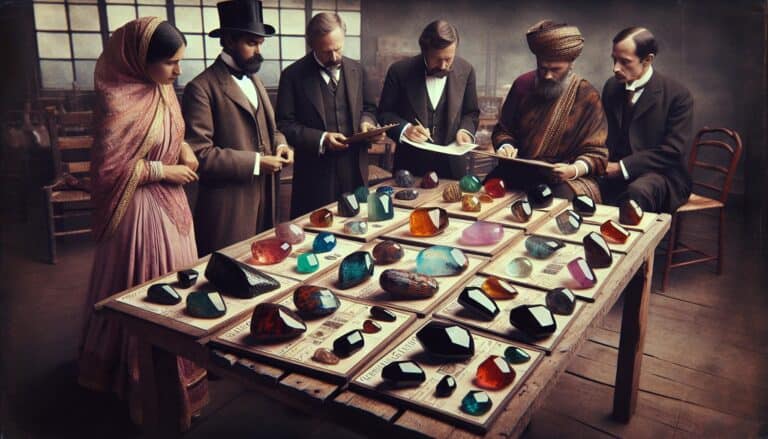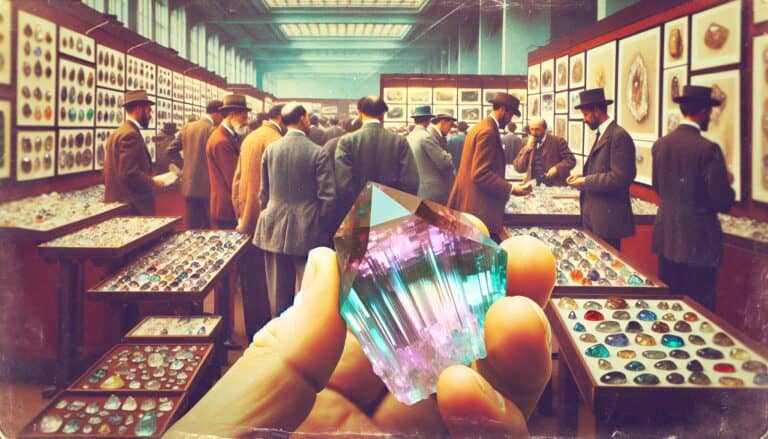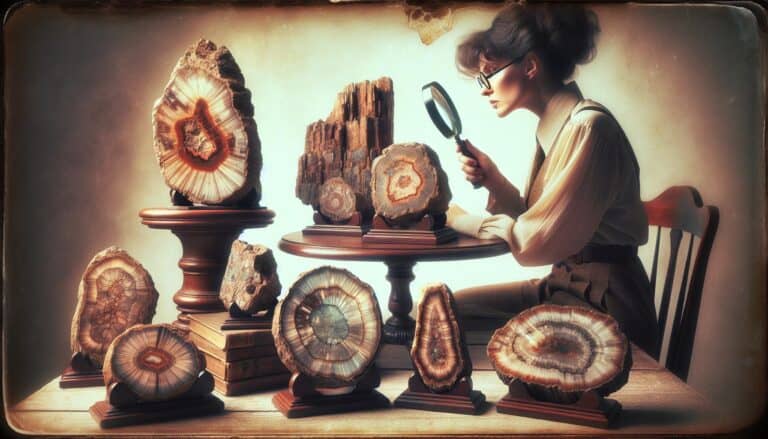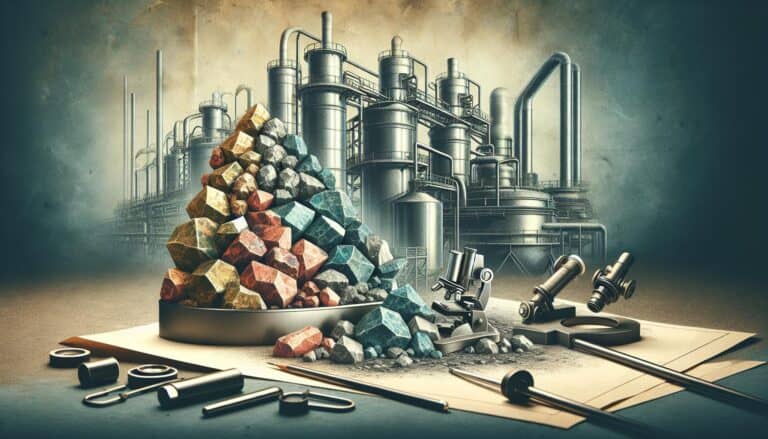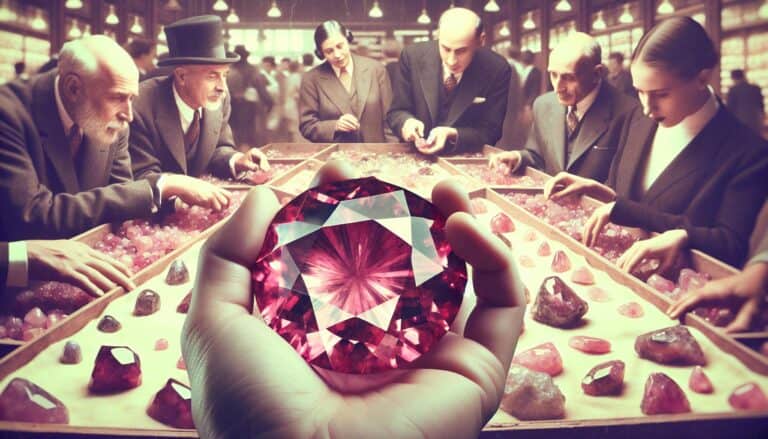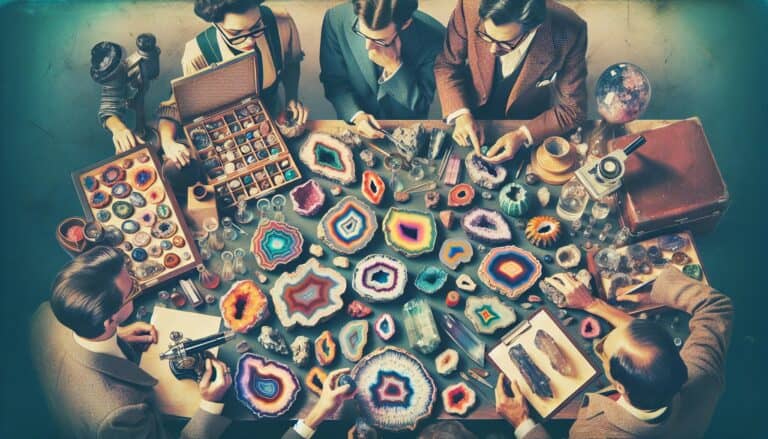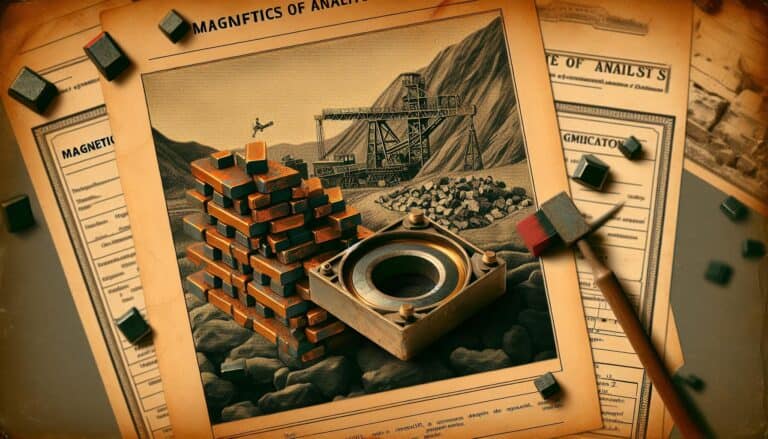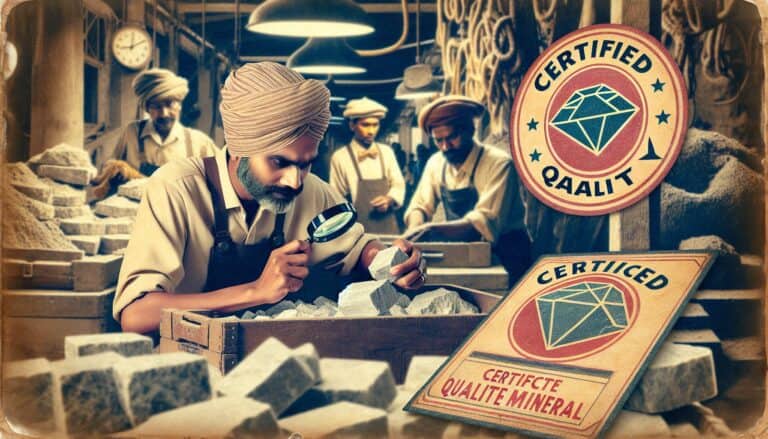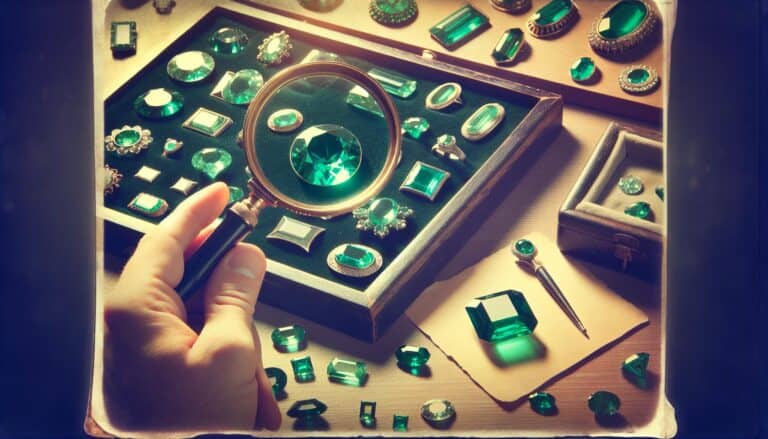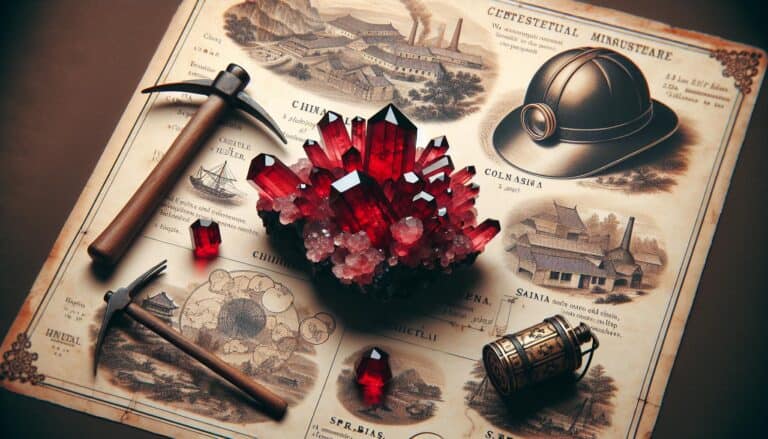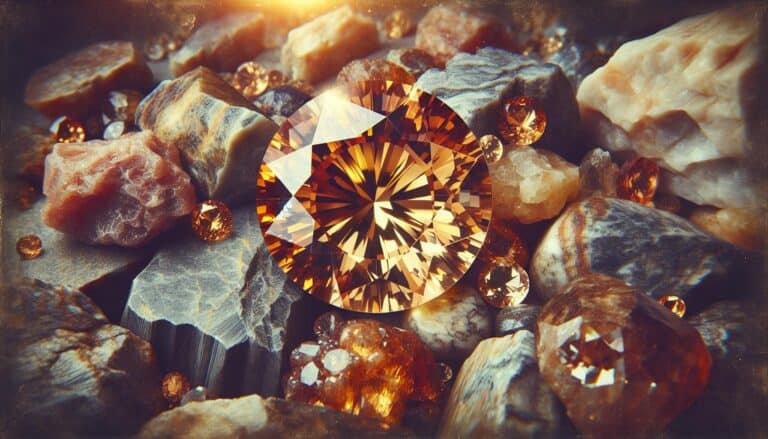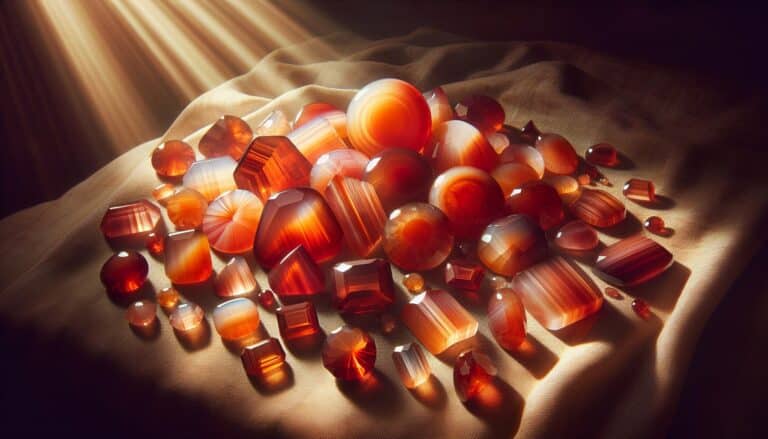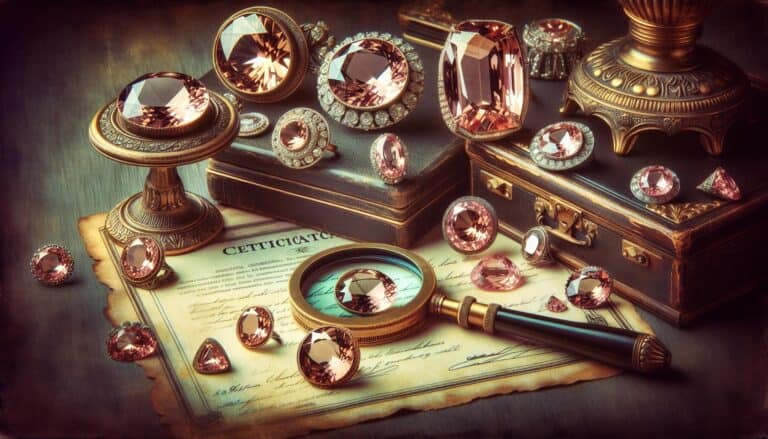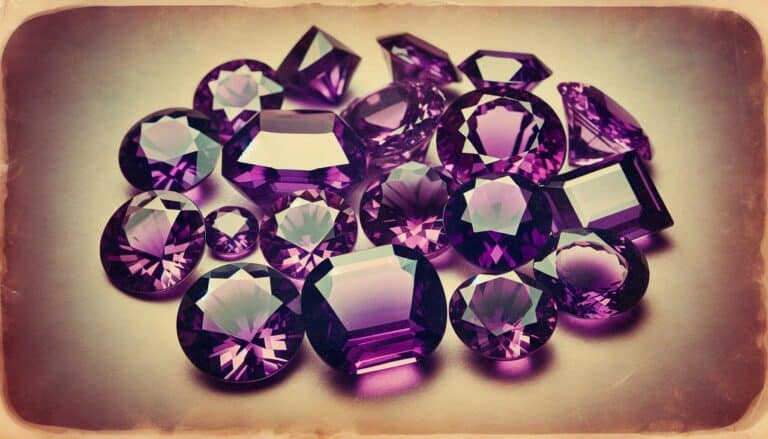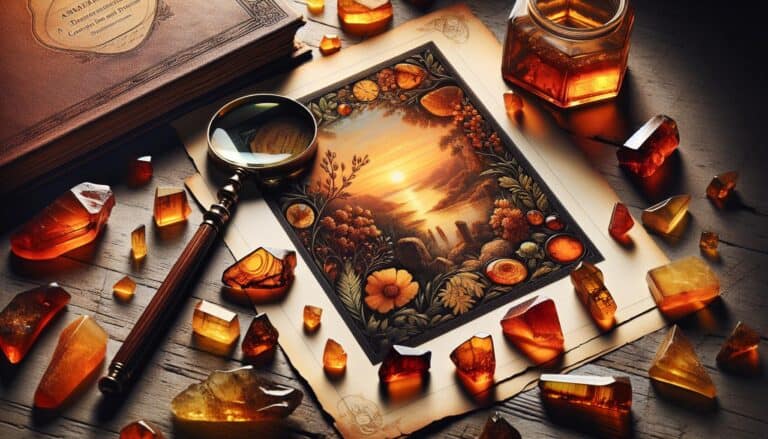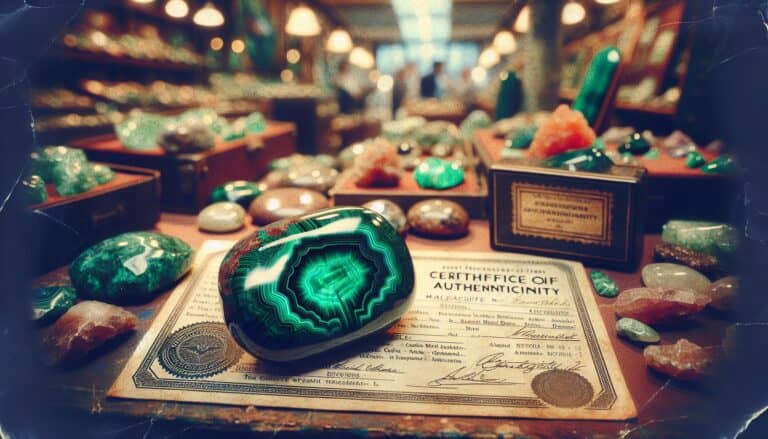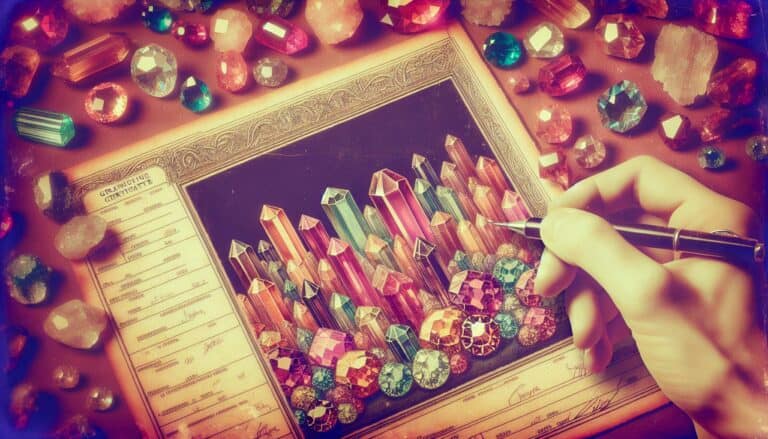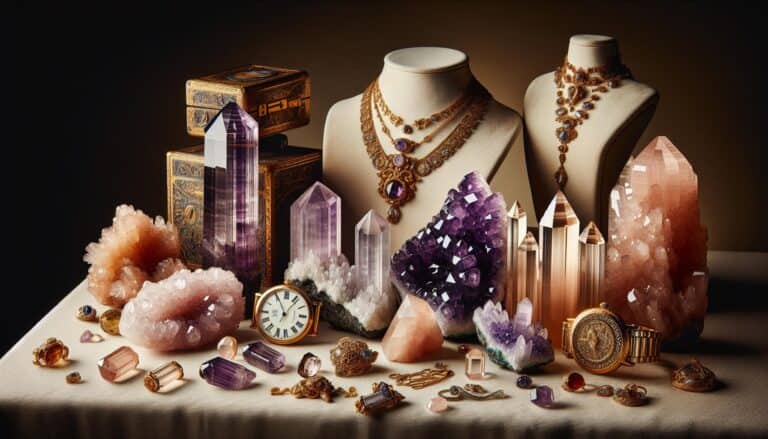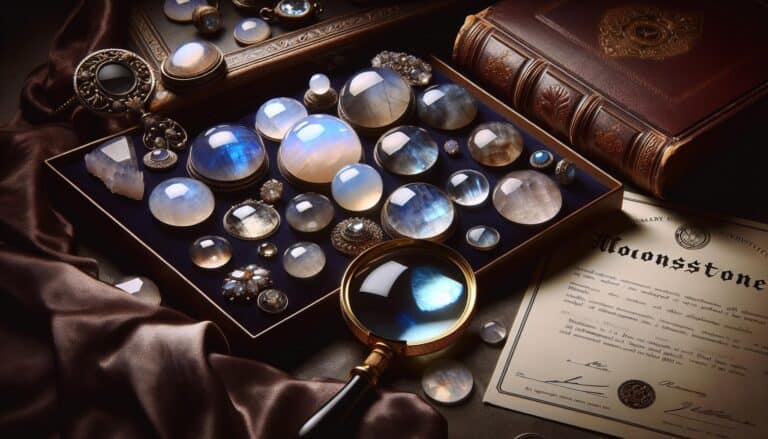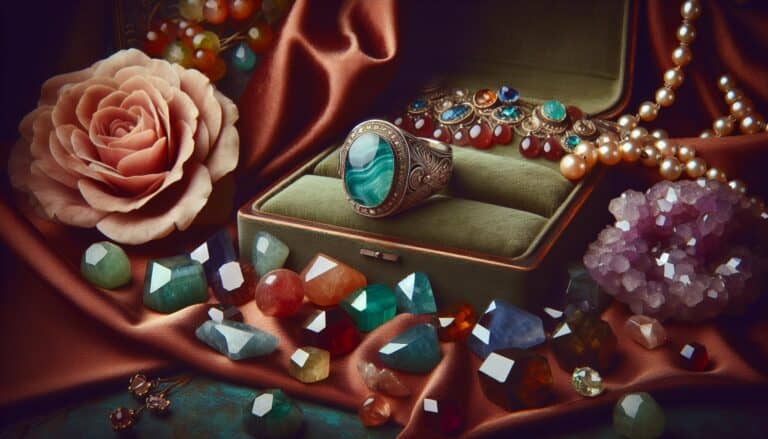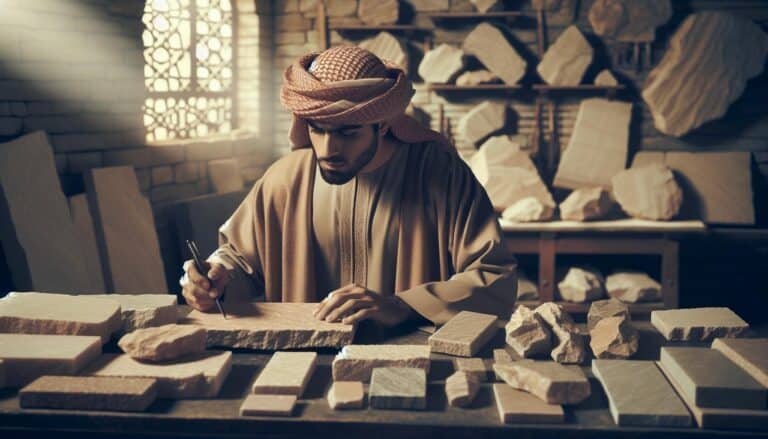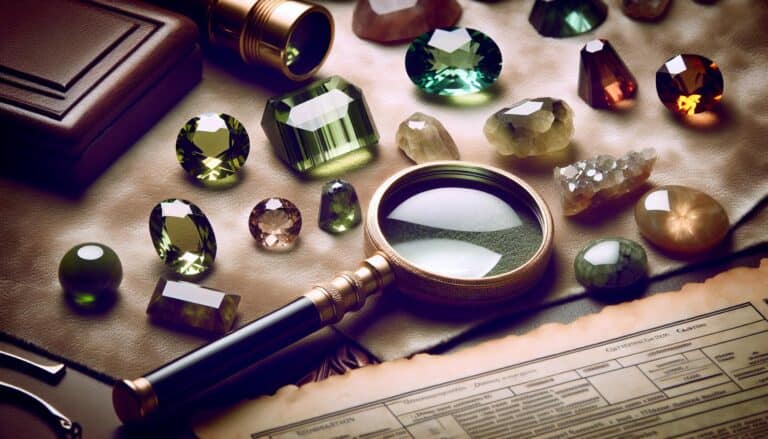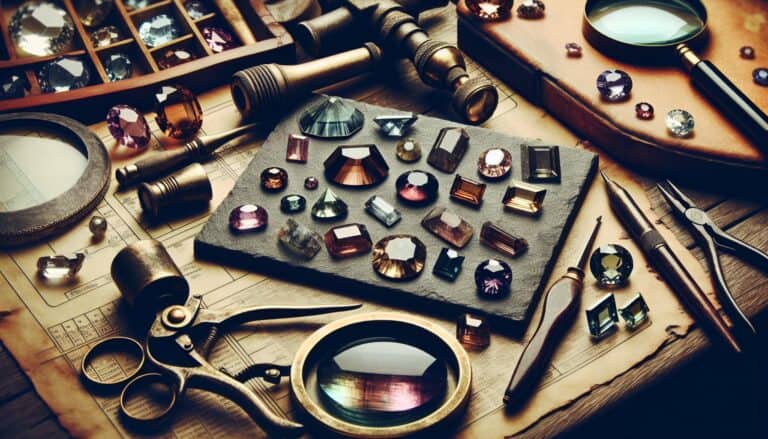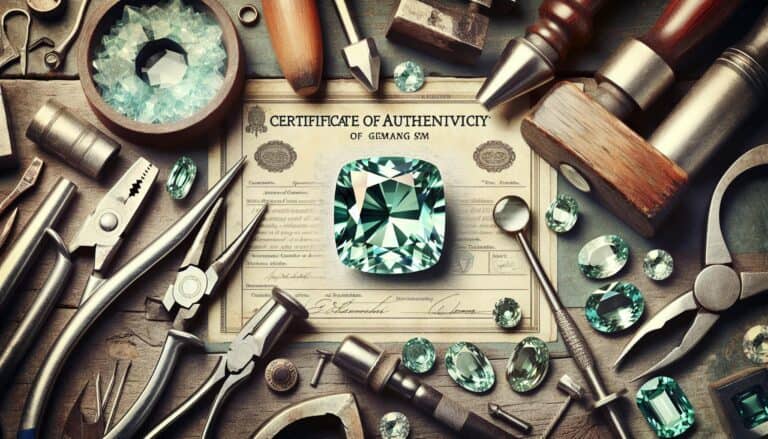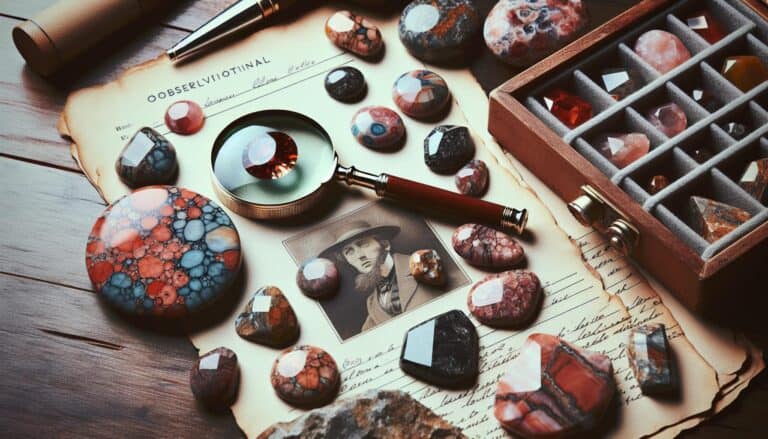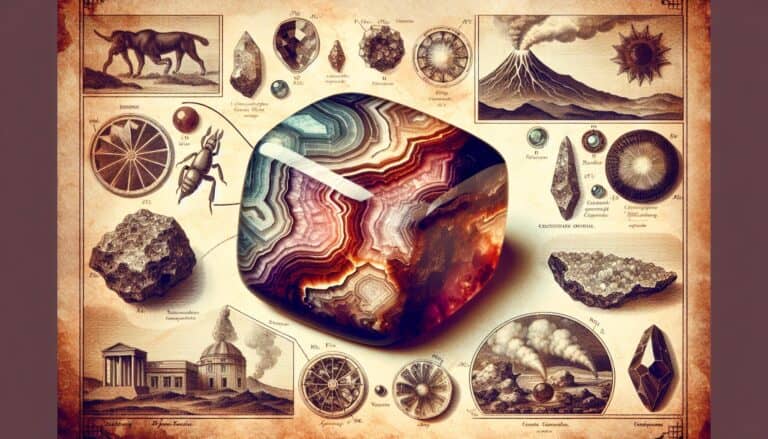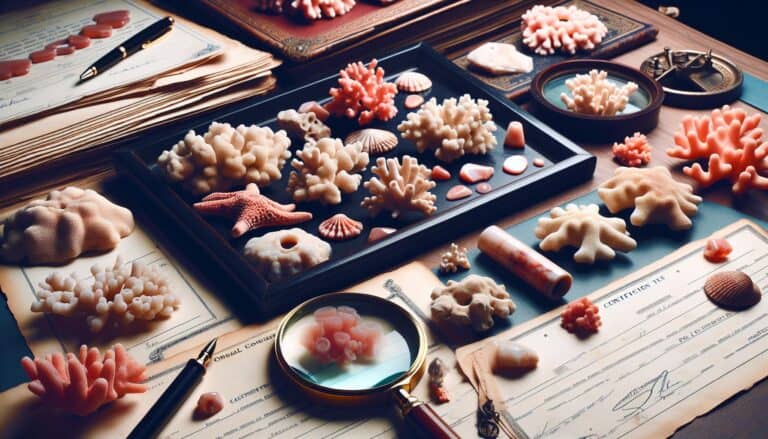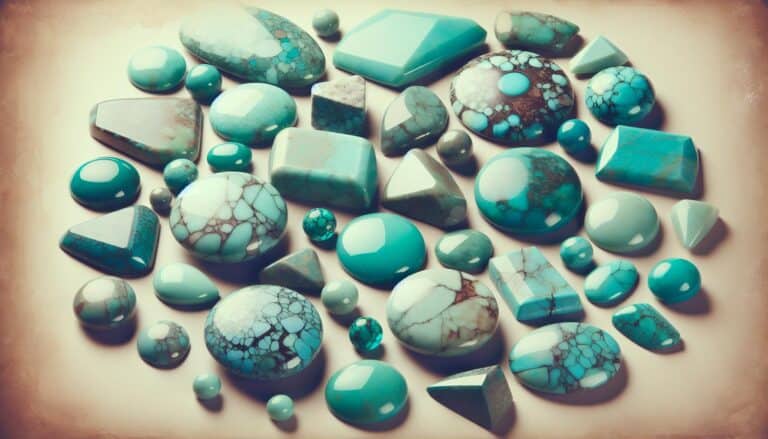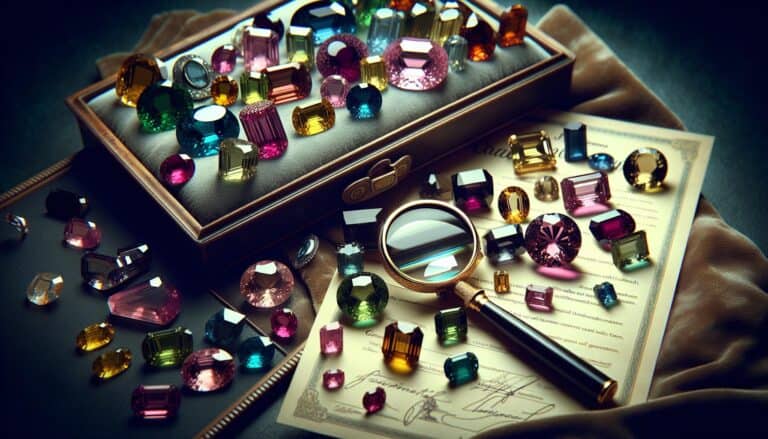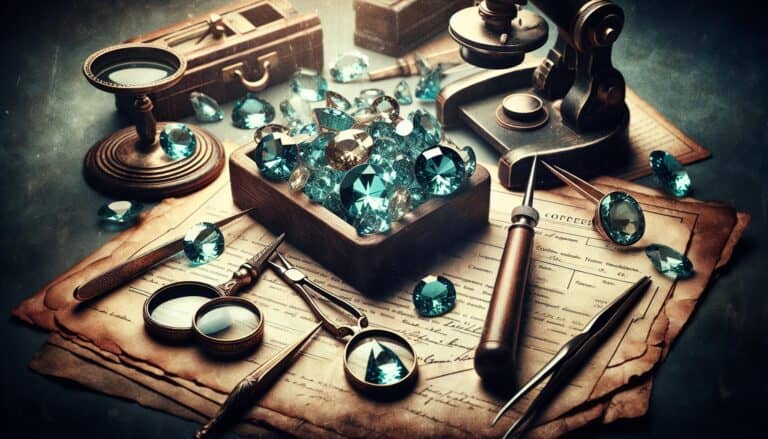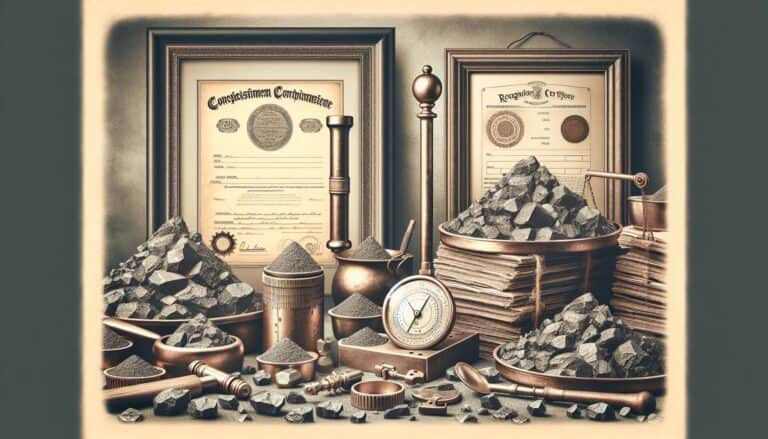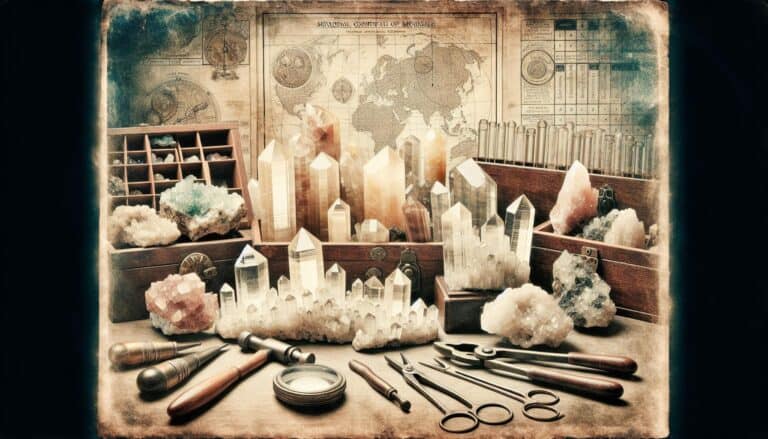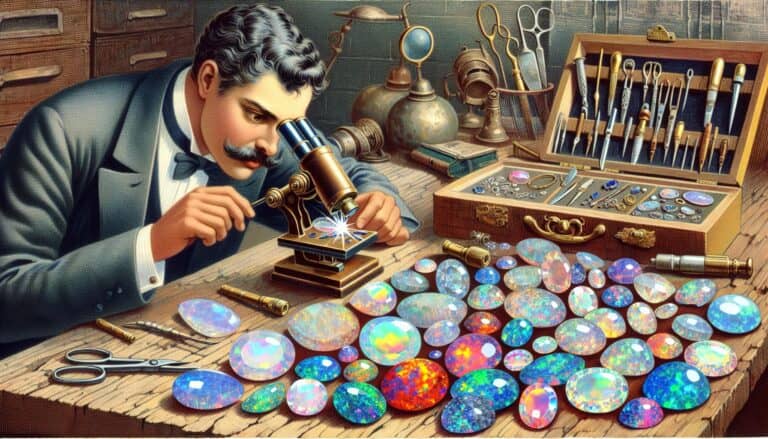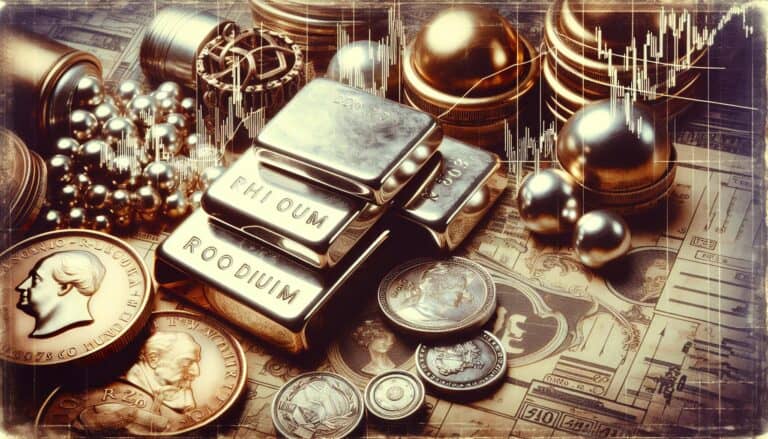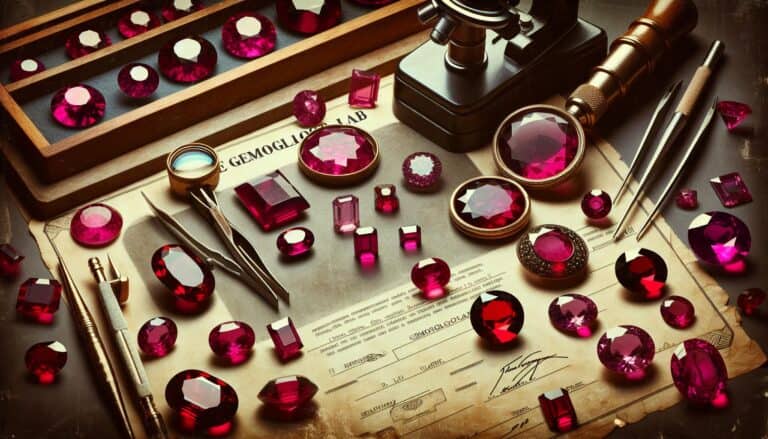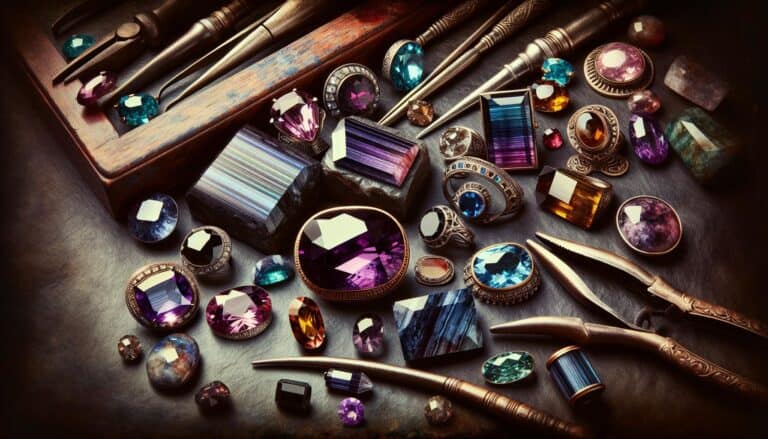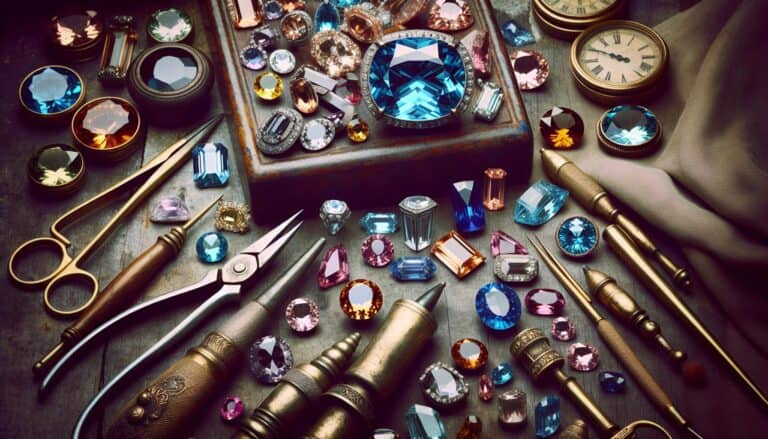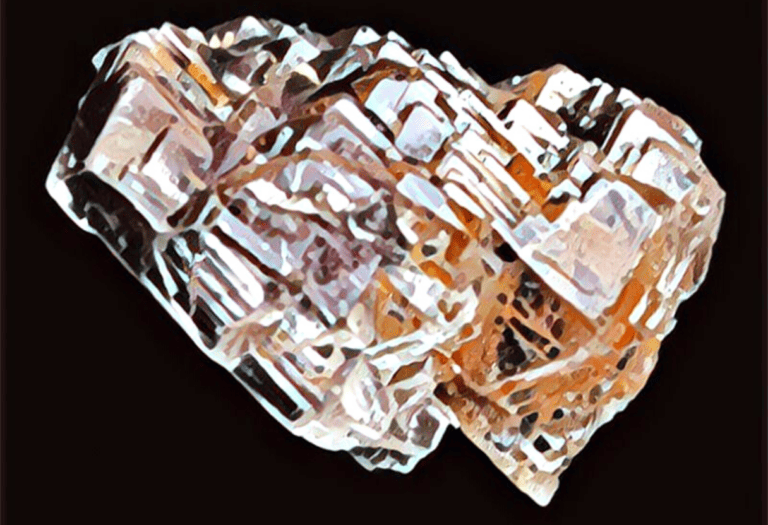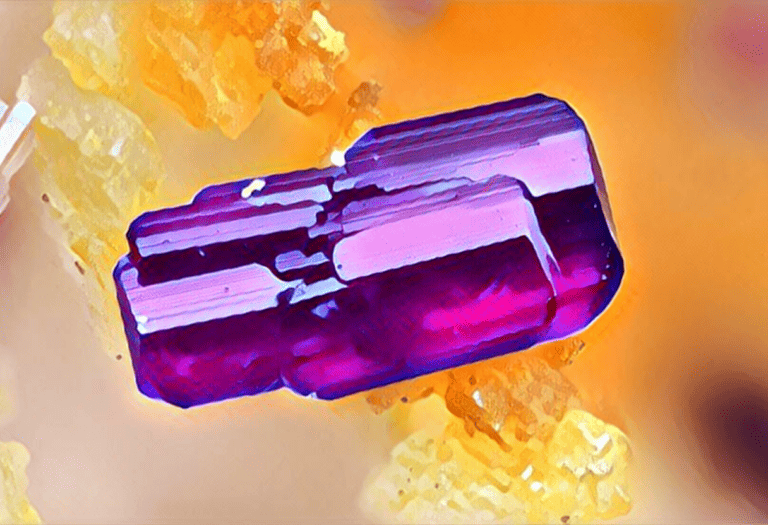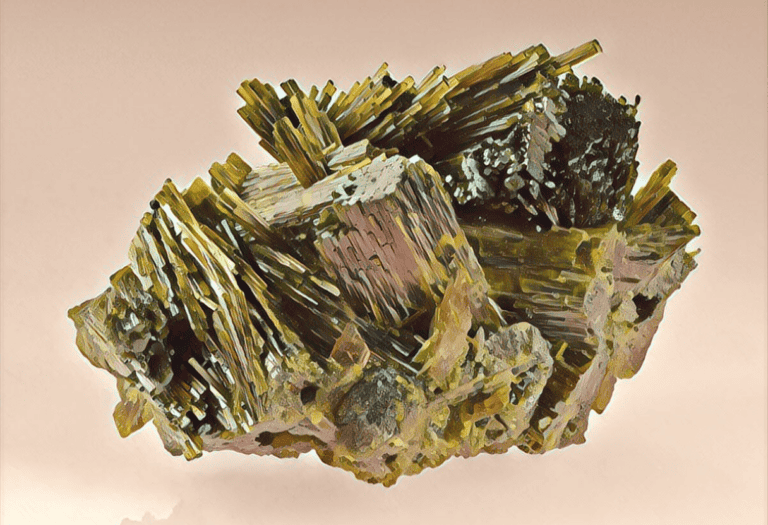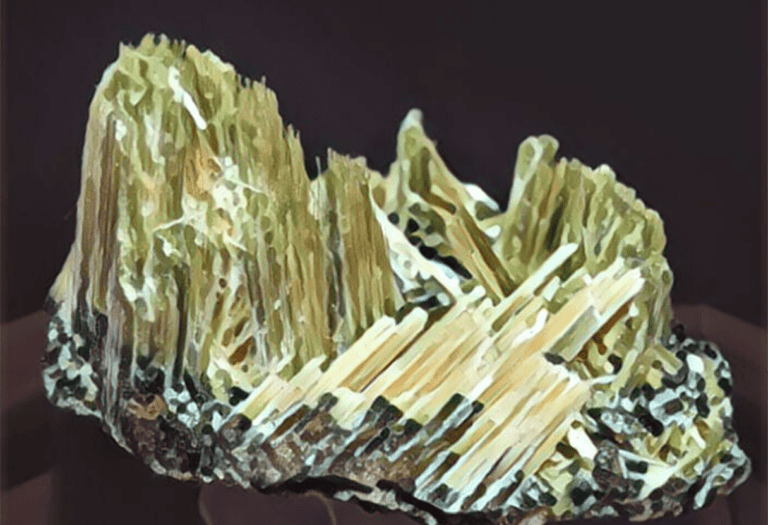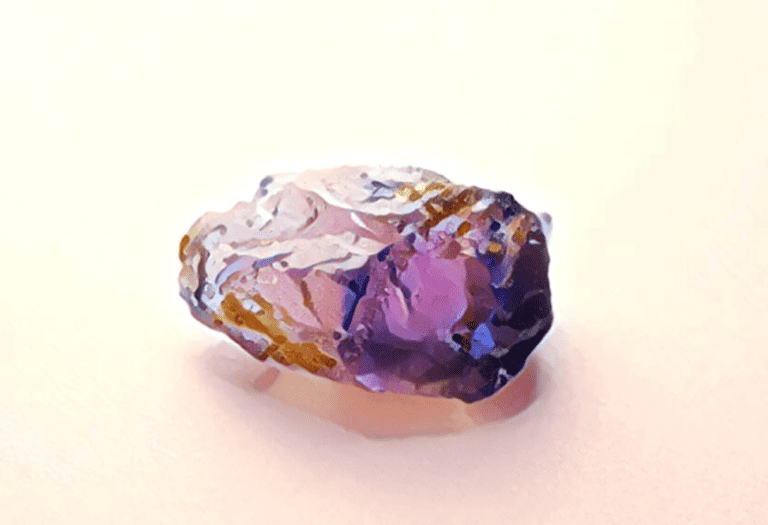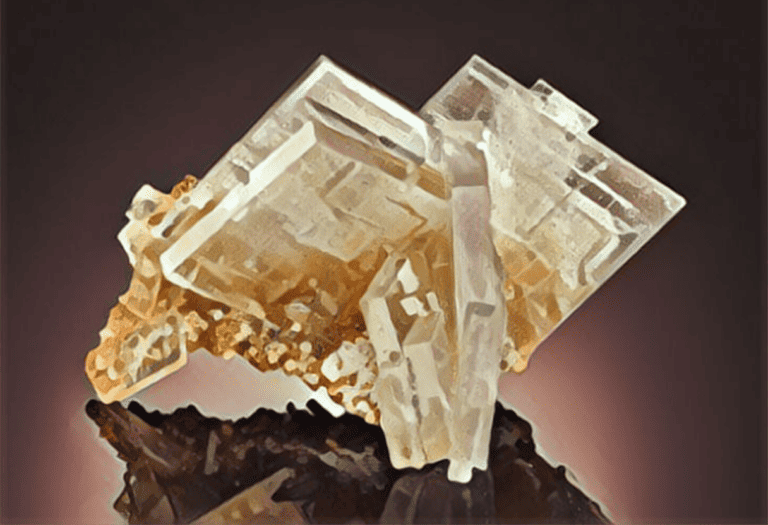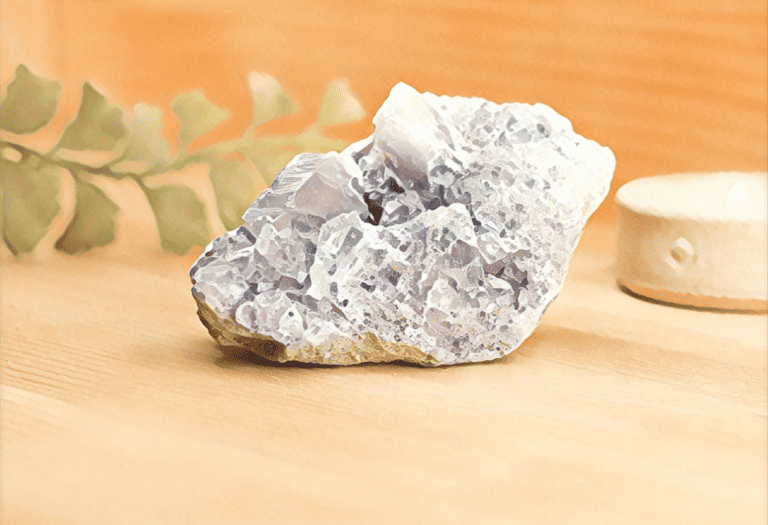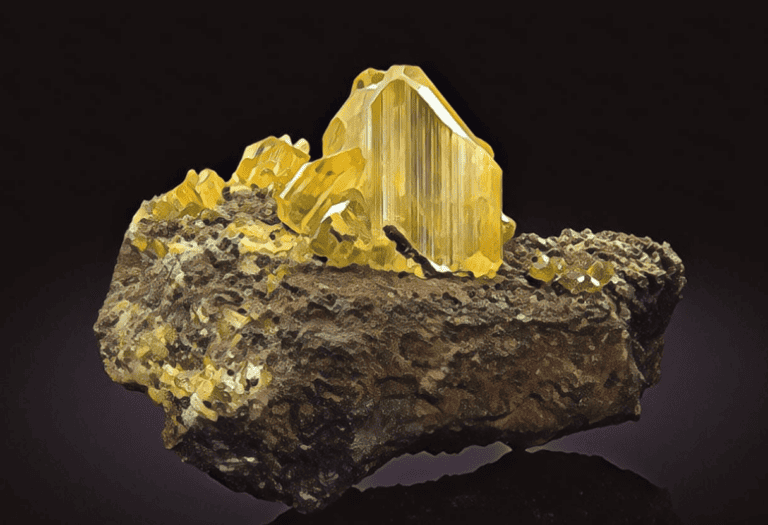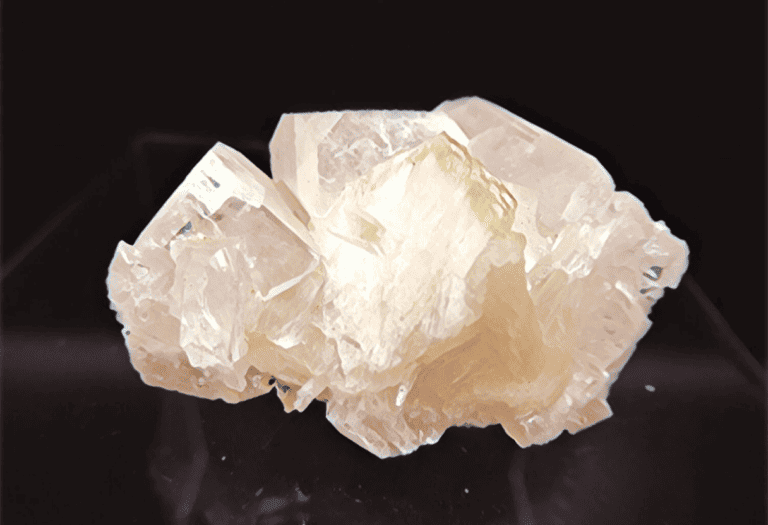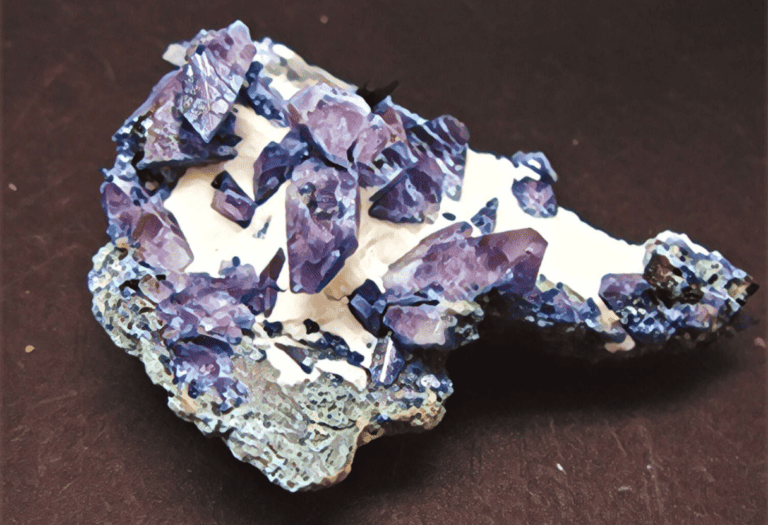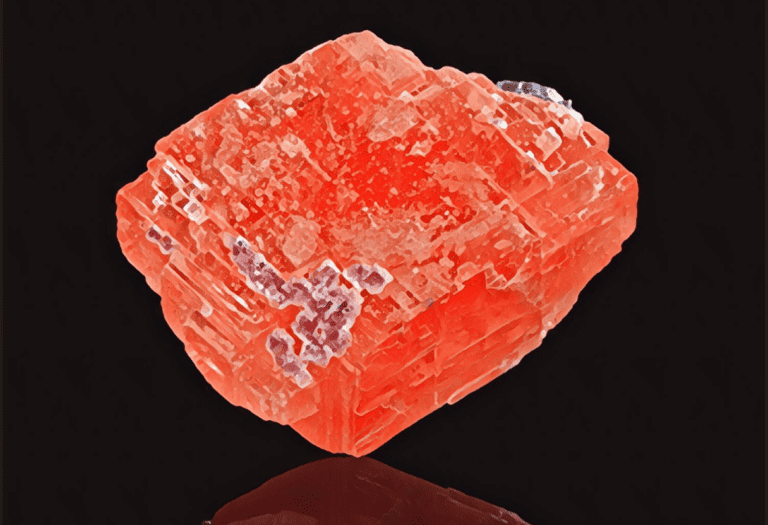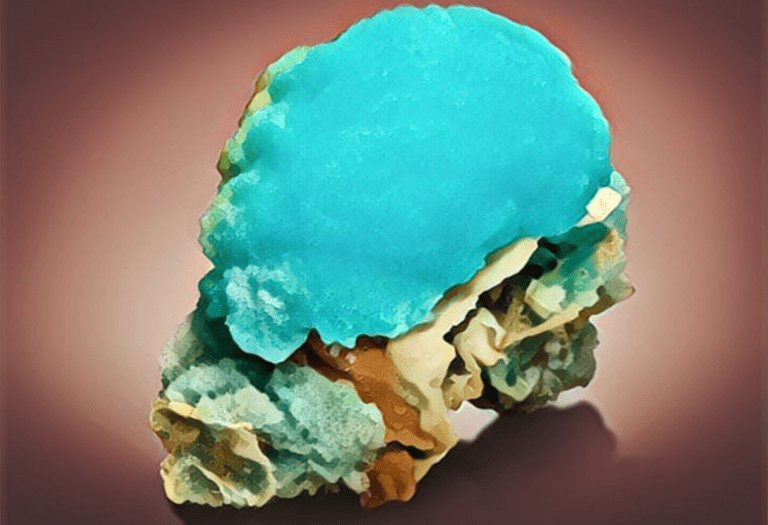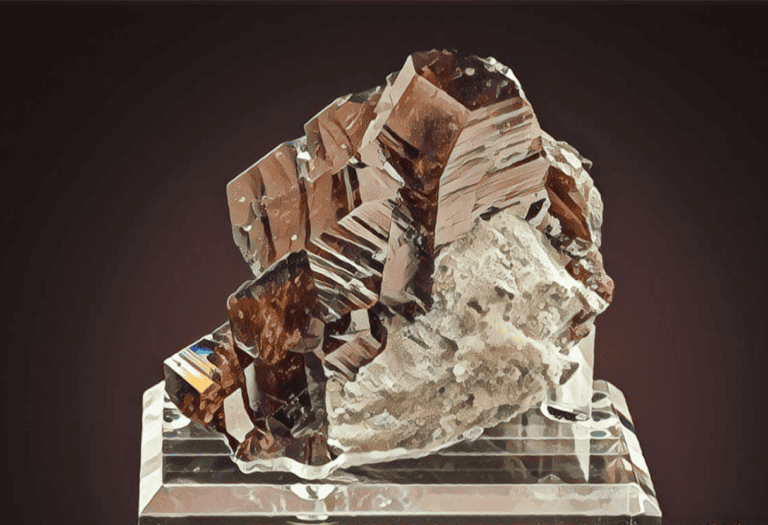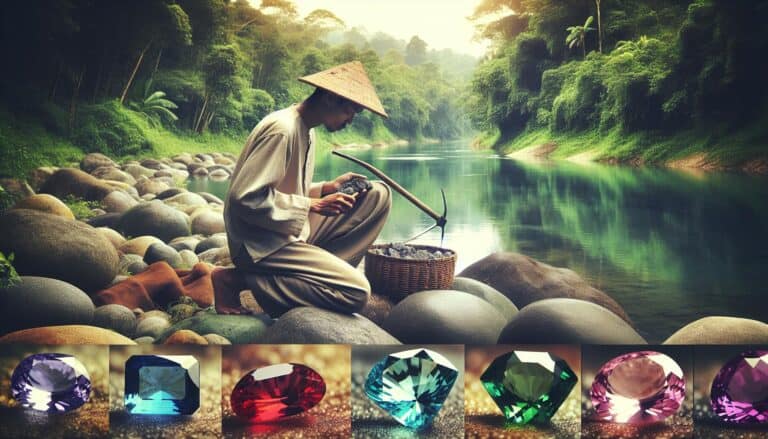So you’ve been rockhounding and want to know the value of rocks, gems, and crystals is determined by a variety of factors including rarity, quality, size, and market demand.
When it comes to buying and selling these items, understanding these factors is crucial for both buyers and sellers to make informed decisions.
Rarity
Rarity is one of the primary determinants of a gemstone’s value. Stones that are scarce in nature, such as diamonds, rubies, sapphires, and emeralds, generally command higher prices. The more uncommon the color or variant of the stone, the higher its potential worth. For example, red beryl and alexandrite are highly prized due to their rarity.
Quality
Quality encompasses several attributes including color, clarity, cut, and carat weight (the “Four Cs” for gemstones). The intensity and uniformity of a gem’s color significantly impact its value; more vivid and consistent colors are preferred.
Clarity refers to the absence of internal or external flaws and blemishes, with clearer stones being more valuable. The cut of a gemstone not only affects its aesthetics and brilliance but also its overall market value. Carat weight measures a gem’s size, with higher weights usually resulting in increased value, particularly if the gem maintains high clarity and color.
Provenance and Treatment
The origin of a gem can also affect its value, as certain locations are famed for producing stones of superior quality. Additionally, untreated natural stones are typically more valuable than treated ones. Treatments such as heat treatment, dyeing, or irradiation can enhance a stone’s appearance but may reduce its market value.
Market Demand
Market trends and consumer demand play a significant role in determining the value of rocks, gems, and crystals. Certain stones may become more valuable due to fashion trends, cultural significance, or increased market demand.
Selling and Buying
When selling, it’s crucial to have your items appraised by a certified professional to ensure you get a fair market value. Retailers and individual sellers must also consider the overhead costs of selling, such as marketing, certification, and business operations.
For buyers, purchasing from reputable dealers is key. Prices can vary widely depending on where you buy; retail prices often include markups for profit, while wholesale or direct-from-miner prices may offer better value. Additionally, attending gem shows or auctions can provide opportunities to purchase rare or unique items at competitive prices.
In conclusion, the worth of rocks, gems, and crystals is multifaceted, influenced by rarity, quality, provenance, treatment, and market demand. Both buyers and sellers need to be well-informed and cautious, ensuring authenticity and fair value in transactions.
As the market for these items is dynamic, staying updated with industry trends and market research is beneficial for anyone involved in the trade of these precious items.



